Lhasa, Tibet
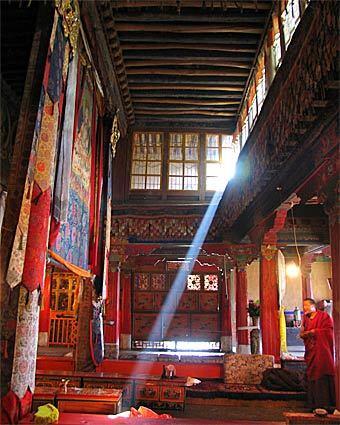
Drepung Monastery, about 5 miles northwest of Lhasa -- a Central Asian holy city of nearly 475,000 -- was a stronghold of the Gelugpa Sect of Tibetan Buddhism. It was founded in 1416 by a disciple of the sect’s founder, Tsongkhapa. (Susan Spano / LAT)
Near the top of the world sits once-remote Lhasa. Today, it’s bustling with tourists and pilgrims, who still circle the fabled city’s holy sites.
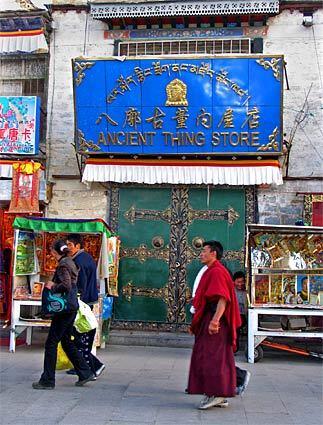
Souvenir stores abound along the Barkhor circumambulation route that surrounds Jokhang Temple. (Susan Spano / LAT)
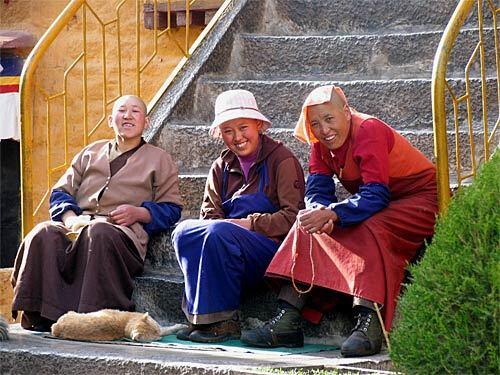
Three nuns relax on the steps of the temple at Tsamkhung Convent near the Barkhor. The convent, with approximately 120 nuns in residence, has a teahouse and gift shop. (Susan Spano / LAT)
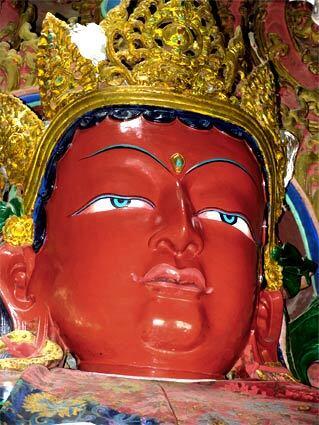
A giant Buddha statue inhabits the Palchoi Temple in Gyantse. (Susan Spano / LAT)
Advertisement
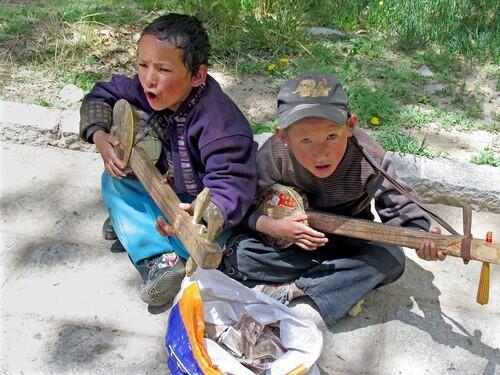
Two young street musicians entertain at Norbulinka, a public park that was once the summer palace of the Dalai Lamas. (Susan Spano / LAT)
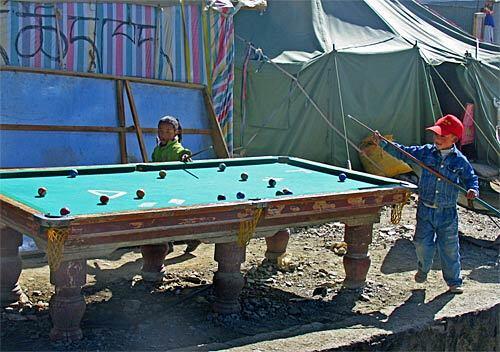
Among the attractions of the tent encampment at the 15,728-elevation Gampala Pass is an open-air pool parlor. (Susan Spano / LAT)
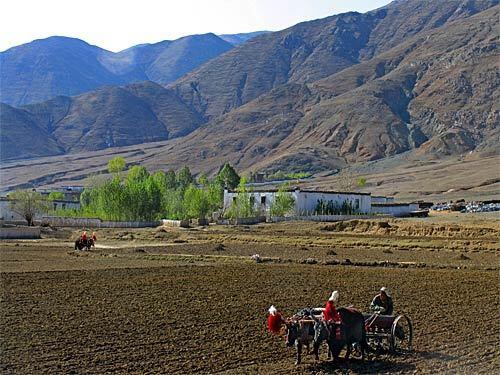
A farmer and his yak team plow a field in the fertile Nyangchu River valley between Gyantse and Shigatse. (Susan Spano / LAT)
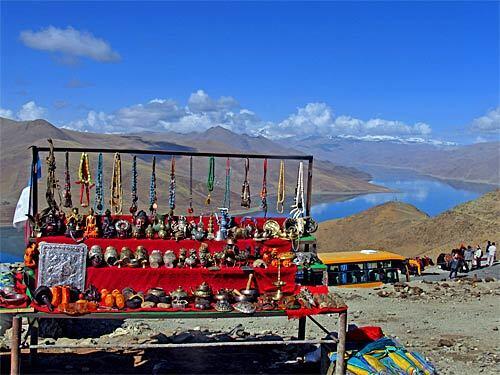
The air’s not too thin at 15,728 feet in Gampala Pass for a souvenir stand, one that overlooks the sacred lake Yamdrok Tso in central Tibet. (Susan Spano / LAT)
Advertisement
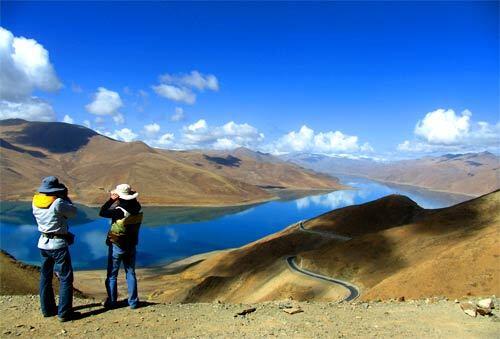
The Yamdrok Tso lies in the long shadow of Nojin Gangsang, one of the many peaks that rise more than 20,000 feet in the Tibetan Autonomous Region. (Susan Spano / LAT)
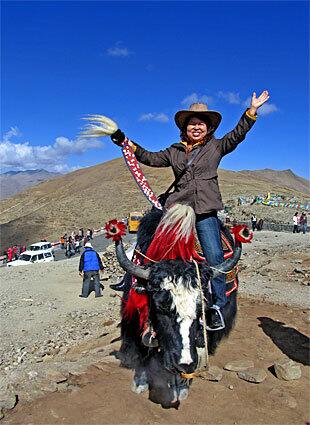
A yak-borne tourist proves she’s been there, done that at Gampala Pass. (Susan Spano / LAT)



